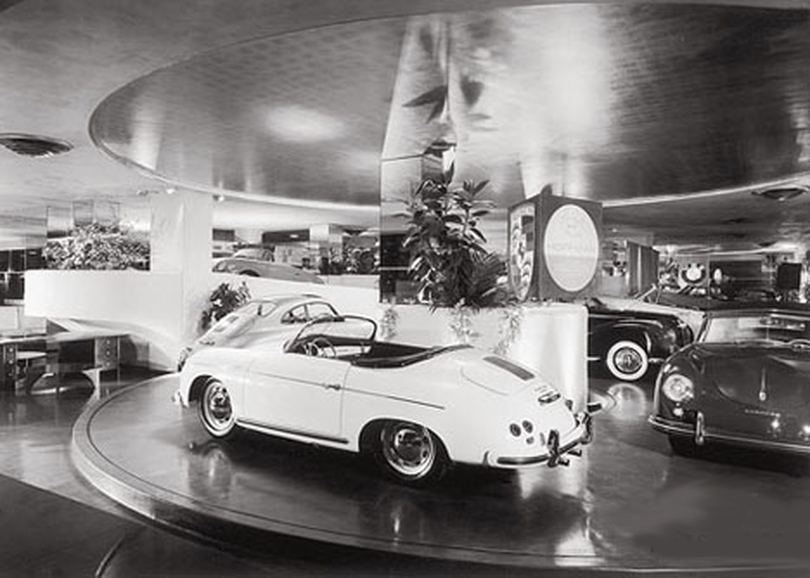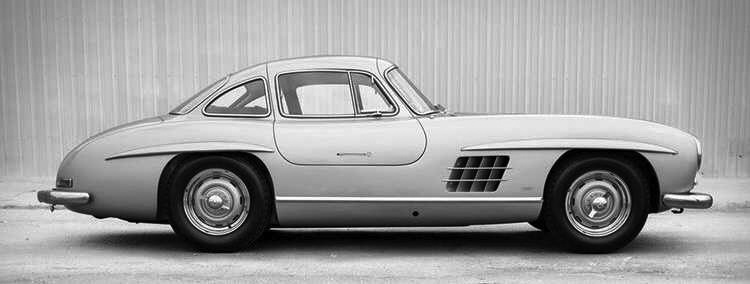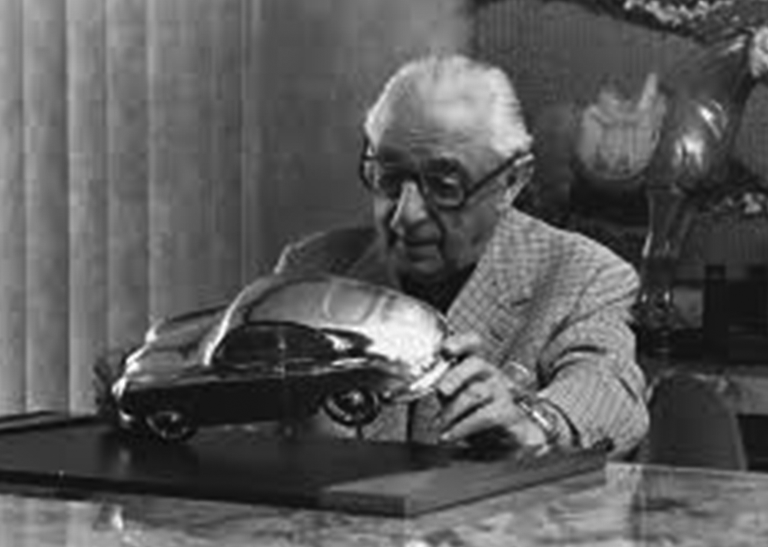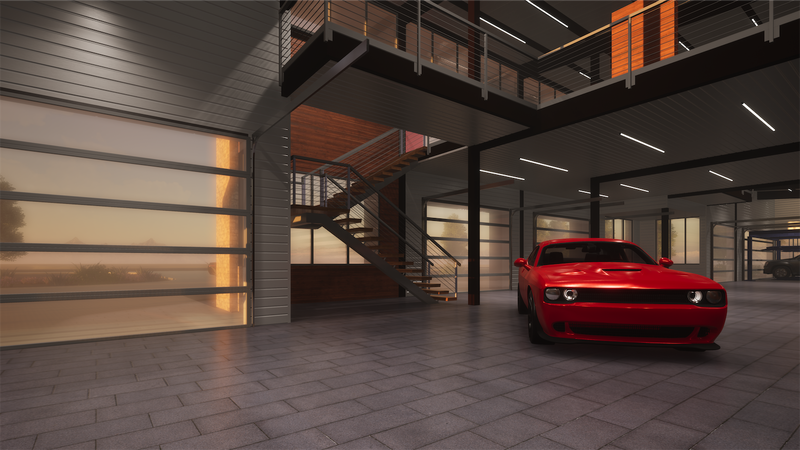Max Hoffman
By Timothy Hogue
Car Dealer Extrodinaire
Max Hoffman is typically credited for single-handedly introducing European cars to the United States.
Born and raised in Vienna, Hoffman commenced a career importing the most ritzy American cars available into Austria, from the likes of Duesenberg, Cord, Pontiac, and Auburn. Fleeing the developing Nazi influence, Max had to start over from scratch once he moved his operations to New York. He created and built a successful costume jewelry business which he ran from the early to late 1940’s. Once he saved enough money, he reentered the car dealer business establishing the Hoffman Motor Car Company.
Max developed contacts and relationships in Europe, included Jaguar and Volkswagen among others. He soon realized that American drivers were becoming more sophisticated and were interested in exotic, more luxurious cars than the ordinary VW he had been importing. To meet the need of this sophisticated buyer, he knew that he could import more sportier cars from Europe. With his impeccable marketing and advertising skills he tremendously raised people interest in these exotic European automobiles. Soon Americans interest in these cars skyrocketed and they were buying marques ranging from French Delahayes, to Italian Lancias. As a result of his success, max attracted the attention of other European manufacturers such as Mercedes Benz, Porsche, Alfa Romeo, Aston Martin, and more
One of Max's most famous imports was the Porsche Speedster and 356. Famously, while in initial conversations, Ferry Porsche hoped that Hoffman would be able to sell five cars a year, to which Max replied that if he couldn’t sell five a week he wasn’t interested. Max did not hit his target in 1951, managing to sell a mere 32 cars, but sales started to increase and gather momentum from then on, and in 1952 he upped a gear and moved 283 cars – 20% of the factory output. In 1954 Max had more than doubled his prediction and was selling 11 cars a week
Born and raised in Vienna, Hoffman commenced a career importing the most ritzy American cars available into Austria, from the likes of Duesenberg, Cord, Pontiac, and Auburn. Fleeing the developing Nazi influence, Max had to start over from scratch once he moved his operations to New York. He created and built a successful costume jewelry business which he ran from the early to late 1940’s. Once he saved enough money, he reentered the car dealer business establishing the Hoffman Motor Car Company.
Max developed contacts and relationships in Europe, included Jaguar and Volkswagen among others. He soon realized that American drivers were becoming more sophisticated and were interested in exotic, more luxurious cars than the ordinary VW he had been importing. To meet the need of this sophisticated buyer, he knew that he could import more sportier cars from Europe. With his impeccable marketing and advertising skills he tremendously raised people interest in these exotic European automobiles. Soon Americans interest in these cars skyrocketed and they were buying marques ranging from French Delahayes, to Italian Lancias. As a result of his success, max attracted the attention of other European manufacturers such as Mercedes Benz, Porsche, Alfa Romeo, Aston Martin, and more
One of Max's most famous imports was the Porsche Speedster and 356. Famously, while in initial conversations, Ferry Porsche hoped that Hoffman would be able to sell five cars a year, to which Max replied that if he couldn’t sell five a week he wasn’t interested. Max did not hit his target in 1951, managing to sell a mere 32 cars, but sales started to increase and gather momentum from then on, and in 1952 he upped a gear and moved 283 cars – 20% of the factory output. In 1954 Max had more than doubled his prediction and was selling 11 cars a week
Max had opulent taste and as evidence to his showmanship and flair he had both his home in Rye, New York, and Park Avenue Jaguar showroom in Manhattan were designed by famed architect Frank Lloyd Wright.
By further educating the American buyer and introducing them to the European manufacturers as well as to the great demand and increase in sales, the European manufacturers were in turn very grateful and showed their appreciation by having Max be directly involved in the creation of many significant iconic sports cars of the postwar era. Just one of many classics he was involved with was the Mercedes Benz 300SL. More than 80% of the 300 SL model’s total production of approximately 1400 units were sold in the US, making it the first Mercedes-Benz widely successful outside its home market and thoroughly validated Hoffman’s assumptions about the American car market. Mercedes -Benz success with the 300 SL changed the company’s image in America from a manufacturer of solid but staid luxury automobiles to one capable of rendering high-performance sports cars.
Hoffmans influence in the automobile industry greatly contributed to the success of many of the most popular car marques known today and perhaps many of these would be lesser known without his vision.
Hoffman’s BMW introduction would later mark the end of his efforts as a car importer in the U.S. as he retired from the auto business in 1975, selling off his remaining company to the Bavarian brand. In 1981, Hoffman was laid to rest.
Hoffman's contributions to both automobile development and sports car racing earned him induction into the Automotive Hall of Fame in 2003
Hoffman’s BMW introduction would later mark the end of his efforts as a car importer in the U.S. as he retired from the auto business in 1975, selling off his remaining company to the Bavarian brand. In 1981, Hoffman was laid to rest.
Hoffman's contributions to both automobile development and sports car racing earned him induction into the Automotive Hall of Fame in 2003
Timothy Hogue,
Founder, MetronGarage-Elevated Garage Journal
Founder, MetronGarage-Elevated Garage Journal






